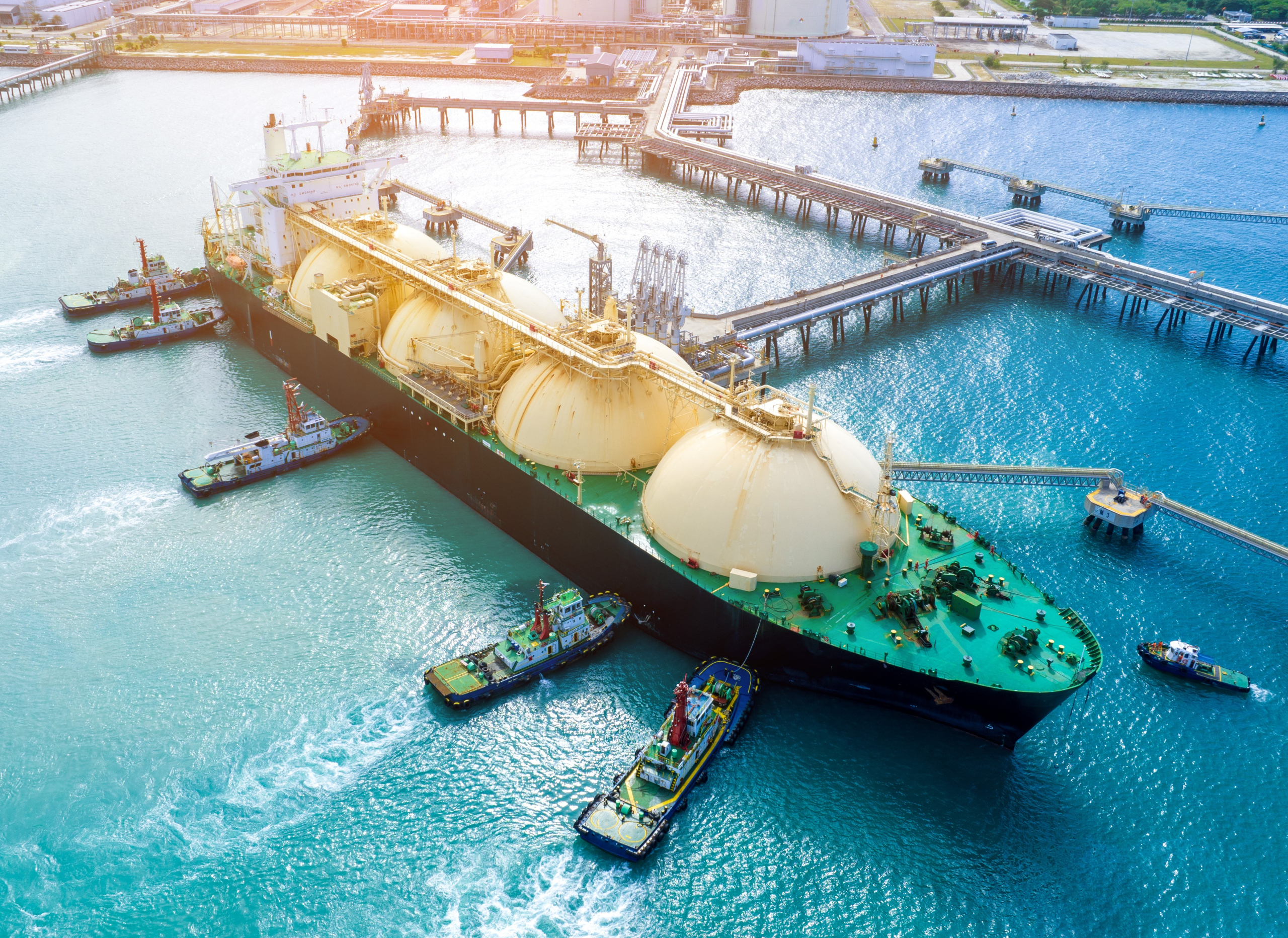
What Is The Future of Marine Diesel Fuel?
The diesel engine is a modern marvel, despite being invented over 100 years ago. As the world’s population grows and trade flourishes, demand for goods to be delivered to every corner of the map grows too. This and the sobering reality of climate change means the marine diesel engine and marine diesel fuel must continue evolving.
What does the future hold for marine diesel fuel and diesel engines? What will the future look like? How will outboard and inboard engines evolve?
We’ll answer these questions about the future of marine diesel and more in this article from Mansfield Service Partners.
Evolution in the 2020s
Heavy Fuel Oil (HFO) or bunker fuel is the lifeblood of the super-sized cargo vessels that crisscross the globe delivering everything from new SUVs to laptop computers and sneakers. The commercial maritime industry is responsible for moving 80% of the things we buy around the world. You might even say that the steady thrum in the engine room is the heartbeat of the global economy.
While the rules aren’t quite as strict as they are for marine diesel, Heavy Fuel Oil (HFO) has also changed over time in response to emissions concerns. HFO used to have sulfur content as high as 4.5%. By 2012 this had dropped to a maximum of 3.5% sulfur allowed. In 2020 a much more substantial drop was mandated (per MARPOL Annex VI). Now HFO is only allowed to have 0.5% (m/m) sulfur content.
The Differences Between HFO and Marine Diesel
The term heavy fuel oil or bunker fuel applies to both distillates and residuals used as fuel in commercial shipping. Residuals are the heaviest and least refined and must be heated before use. Bunker fuel/HFO is typically used in larger vessels like freighters and container ships.
Most vessels with marine diesel engines run on marine diesel #2, which is virtually identical to the diesel fuel used by cars, trucks, and commercial vehicles. Where HFO can contain as much as 0.5% sulfur, marine diesel is capped at 0.1% (1,000 ppm). The other main differences come down to additive packages, as it is also more or less the same as home heating oil (though home heating oil typically needs far fewer additives.
The Marine Diesel Fuel and Heavy Fuel Oil of the Future
What will tomorrow bring for maritime fuels? We believe we are a long way from seeing the last of the diesel engine. Engines remain unequaled for its versatility, durability, and reliability. Technology has also advanced considerably with contributions from companies such as Volvo Penta, Caterpillar, Mercury, MAN, Rolls Royce, and others.
However, the shipping industry is under growing pressure to shrink its carbon footprint and SO2 emissions. European Union legislators reached an agreement to require an 80% drop in shipping fuels’ greenhouse gas intensity by 2050. The International Maritime Organization also plans to strengthen its climate strategy.
We think governmental efforts to limit climate change will play a pivotal role in the future of this fuel. We believe marine fuel and HFO will become cleaner and more pure with higher lubricity and better stability. We also suspect we will see developments in alternative fuels for marine diesel engines and hybrid technology, among other advances.
How it May Change in the Future
- Marine diesel and HFO will likely eventually match the standards of USLD for road vehicles follow today, which is 15 ppm (0.0015%).
- Biofuels like renewable diesel and biodiesel will gain significant market share and come down in price as production costs drop.
- Synthetic marine diesel may gain a meaningful chunk of the market as well once it can be produced with enough cost-efficiency.
- Alternative fuels like methanol, LNG, LPG, and ammonia will be explored more seriously. Rolls Royce already plans to release a methanol marine engine based on the MTU Series 4000 in 2026.
How Engines Could Evolve in the Decades Ahead
- Hybrid marine diesel engines will probably become more common as vessel owners seek greater fuel efficiency and the convenience of being able to run silently and emissions-free on 100% electric power during berthing and low-speed maneuvering.
- More boat engine manufacturers will offer hybrid. Volvo Penta, Bering, and HH Catamarans already have marine diesel hybrid engines on the market. FNM’s Blue Hybrid System even enables people to hybridize existing marine diesel engines.
- SCR and other emissions control systems will likely become much more robust, both in reducing particulate and NOx emissions and in their durability and serviceability.
- Dual-fuel engines may become more common. These are more flexible marine diesel engines that can run on ammonia, alcohol, or renewable diesel fuel according to the owner’s wishes and fuel price and availability.
Mansfield Service Partners for Marine Diesel & Lubricants
Marinas, fishing fleets, cargo fleets, passenger vessels, and more rely on Mansfield Service Partners for reliable delivery of high-quality fuel and all the lubricants needed to keep their vessels in optimal condition.
For nearly 100 years, Mansfield Service Partners has been the marine diesel fuel supplier people trust most. From 24-hour fuel delivery to industrial lubricants, DEF, and environmental services, like used oil collection — we’ve got what you need when you need it.
Contact Mansfield Service Partners for your business today. Reach us at (800) 683-1331 or email any inquiries to info@mansfield.energy

